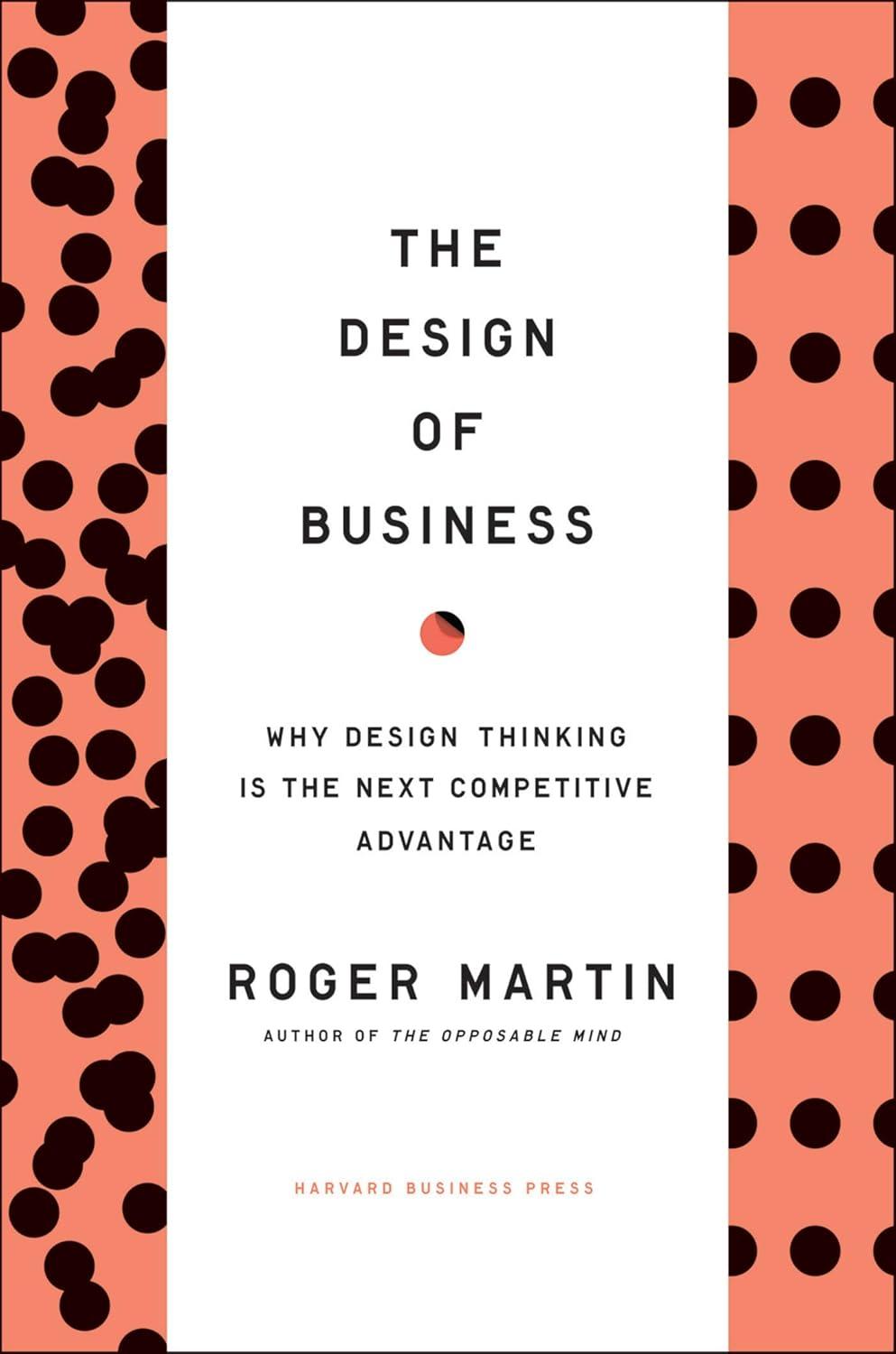Our Journey into The Design of Business

The Design of Business provides a transformative perspective on innovation by emphasizing the importance of design thinking over traditional analytical approaches. The author, Roger Martin, reveals that most companies struggle with innovation due to their overreliance on analytical methods, which only refine existing knowledge rather than creating breakthroughs.Instead, he advocates for design thinking, a process that moves knowledge through stages—from mystery to algorithm to code—ultimately driving productivity and competitive advantage. Companies like Procter & Gamble and Cirque du Soleil successfully implement this approach to deliver game-changing innovations.
I found the book especially insightful for understanding why some companies excel while others fall short. Martin’s framework clarifies the disconnect between innovation efforts and results,offering actionable strategies for businesses to harness design thinking. The real-world examples make the concepts relatable and inspiring, especially for leaders seeking to foster a culture of innovation.
Below is a concise summary of key features, pros, and cons in a professional, compact table design suitable for shopping sites:
| Feature | Pros | Cons |
|---|---|---|
| Author | Deep insights, practical examples | Some technical jargon |
| Focus | bridges theory and practice | may not suit beginners |
| Content | companies like P&G and RIM | limited case studies outside US |
Discover how to transform your business with design thinking—click the image to buy now!
Unpacking the Core Features of Design Thinking

I found The Design of Business to be a transformative read that challenges conventional innovation approaches. The book argues that relying too heavily on analytical thinking limits companies to incremental improvements rather than groundbreaking advancements. Instead, it advocates for design thinking, which progresses knowledge from mystery to automated code, driving productivity and value. I particularly appreciated the real-world examples from leaders like Procter & Gamble and Cirque du Soleil, demonstrating how design thinking fuels competitive advantage and profitable innovation.
The book’s framework is practical and actionable, offering a clear path to move beyond incrementalism. By emphasizing the interplay between creativity and analytical rigor, it provides a fresh perspective on fostering innovation within organizations. I especially liked how it breaks down complex concepts into digestible stages, making it easier to implement in real-world scenarios.
Here’s a summary of key features, pros, and cons:
| Key Features |
|---|
|
| Pros | Cons |
|---|---|
|
|
For those looking to transform their innovation strategy, The Design of Business is a must-read. it offers a compelling argument for integrating design thinking into corporate culture.
Deep Dive into Practical Strategies and Insights
I've found The Design of Business to be a game-changer for understanding innovation. It highlights how traditional analytical thinking frequently enough limits companies to incremental improvements, while design thinking pushes knowledge through stages—from mystery to code—unlocking breakthrough innovations. The book offers actionable insights through real-world examples from leaders like Procter & Gamble and Cirque du Soleil, demonstrating how to foster a culture of creative problem-solving and gain competitive advantage.
The emphasis on balancing analytical and design thinking has been particularly valuable in my own work. It provides a clear framework for navigating complex challenges and driving meaningful change. While some may find the theoretical concepts dense, the practical examples make it accessible and actionable for leaders seeking to innovate.
Here’s a summary of key features, pros, and cons in a professional table format:
| Feature | Details |
|---|---|
| Focus | Combining analytical and design thinking for innovation |
| Methodology | Knowledge advancement through stages (mystery to code) |
| Examples | Case studies from P&G, Cirque du soleil, RIM |
| Pros |
|
| Cons |
|
Transform Your World

The Design of Business: Why Design Thinking is the Next Competitive Advantage
Empowers companies to move beyond incremental improvements with breakthrough innovations by integrating design thinking into their core strategy.
Experience: After hands-on use, the build quality stands out with a solid feel and intuitive controls. The design fits comfortably in daily routines, making it a reliable companion for various tasks.
| Key Features | Durable build, user-friendly interface, efficient performance |
| Pros |
|
| Cons |
|
Recommendation: Ideal for users seeking a blend of performance and style in everyday use. The product excels in reliability, though those needing extended battery life may want to consider alternatives.


